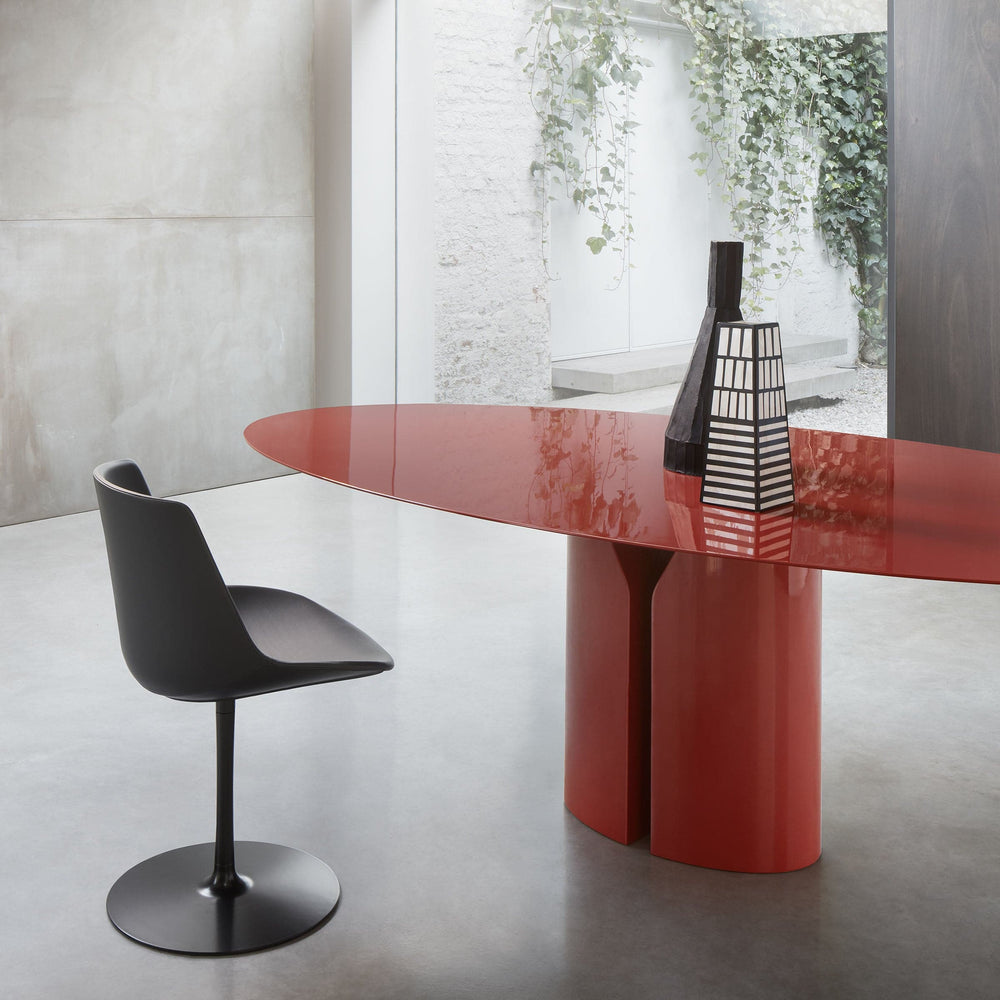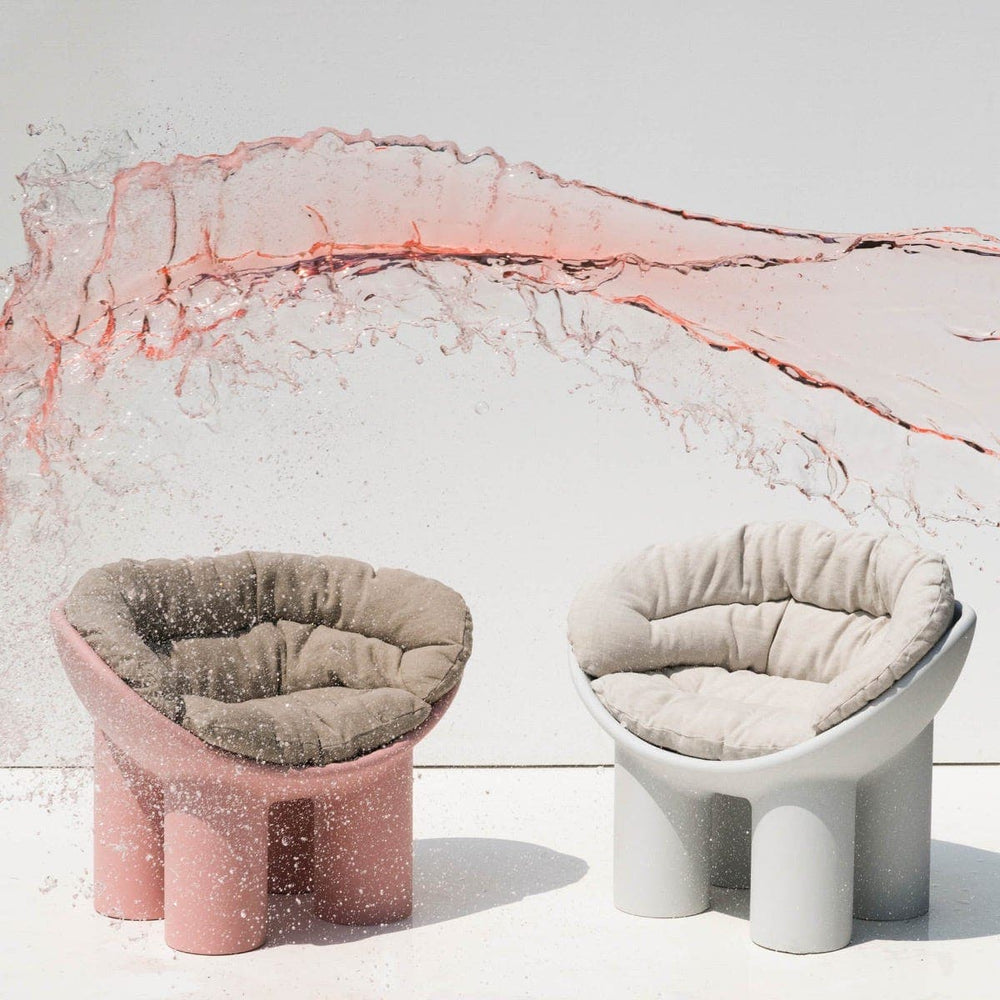RECCOMEDING READING: "Love architecture. Architecture is a crystal"
Gio Ponti
The MAG - 01.24
By Cristina Morozzi
"Love architecture. Architecture is a crystal," Gio Ponti, Quodlibet (black and white illustrations).

This is a book of Gio Ponti's full maturity, not just for architects, but to introduce the charm of architecture. It's a collection of ideas, light and daring, easy to read, documenting Gio Ponti's experiences on construction sites, in the editing of Domus and Stile, in artisan workshops, in artists' studios, traveling through Italian cities and world metropolises. It's an architectural classic, reproduced in the complete photographic reproduction of the 1957 first edition, conceived and designed by Ponti himself as a small pocket architecture.
"Gio Ponti" by Fulvio Irace, 24 ore cultura, Milan 2011. A comprehensive and documented monograph of Gio Ponti, an eclectic architect and designer.
"Il Cucchiaio d'argento," eleventh edition for the 70th birthday (15/10/2020) with over 2000 traditional recipes, conceived by Gianni Mazzocchi, founder of Editoriale Domus in 1950.
"Eclectic Designers. From the spoon to the city" (Cristina Morozzi, "Leonardo primo designer, idee, sogni progetti" Hoepli Milan, 2019/2023, four reprints).

"The versatility and breadth of Gio Ponti's interests stimulated his desire to produce, without distinction of scale, from the centerpiece, the famous modular one commissioned by the Italian Ministry of Foreign Affairs for Italian embassies worldwide (1926/1927), created in collaboration with Tommaso Bussi and made in white and gold porcelain by Richard Ginori, of which Ponti was artistic director from 1923 to 1933 at the Pirelli skyscraper in Milan... Famous for his aphorisms, he claimed that Italy was made half by God and half by architects; that the most resistant material in construction was art; that architecture should be as pure as crystal. Convinced that where there was architecture, there was Italy, he urged Italians to love it. Ponti designed the Visetta sewing machine for the Visa company; the first espresso coffee machine with a horizontal boiler, La Cornuta, in collaboration with Alberto Rosselli and Antonio Fornarali for Pavoni; table silverware for Christofle; sheet metal objects for Sabbadini; architectures for public and private commissions in Italy and abroad, from the Montecatini building to the villa on Via Randaccio (Milan); the covers of the Domus magazine, which he invented and directed from January 1928 to October 1979. He designed porcelain for Richard Ginori; pewter and silver objects for Christofle; glass pieces and lamps for FontanaArte, panels with enamels, objects, and enameled copper animals; tiles for Sant'Agostino ceramics; cutlery for Krupp Italia; handles for Sassi; electrical switches for AVE; wallpapers; designs for silk embroidery for the Cernobbio school; clocks for Boselli (Milan); designs for printed fabrics for De Angeli Frua; fabrics for Vittorio Ferrari; written fabrics for the Jsa manufacture; designs for coordinated textiles for Zucchi; garden furniture and furnishings for Turri; sanitary fixtures for Ideal Standard; the famous Superleggera chair for Cassina; a sofa bed for Arflex; the interiors of the Settebello train; a car, the first model of the Diamante line exhibited with Alfa Romeo at the Basel Auto Show in 1953. He collaborated with his illustrations for the cooking book for Editoriale Domus "La cucina elegante ovvero il quattro uova" Salvatore Licitra, Ponti's nephew, declares: "He was an insanely enthusiastic person who, in his long journey, became passionate about everything. He possessed a transversal combinatory capacity across eras and disciplines. The proposals never realized are at least ten times more than the projects that came to fruition" (Cristina Morozzi, ibidem).
















